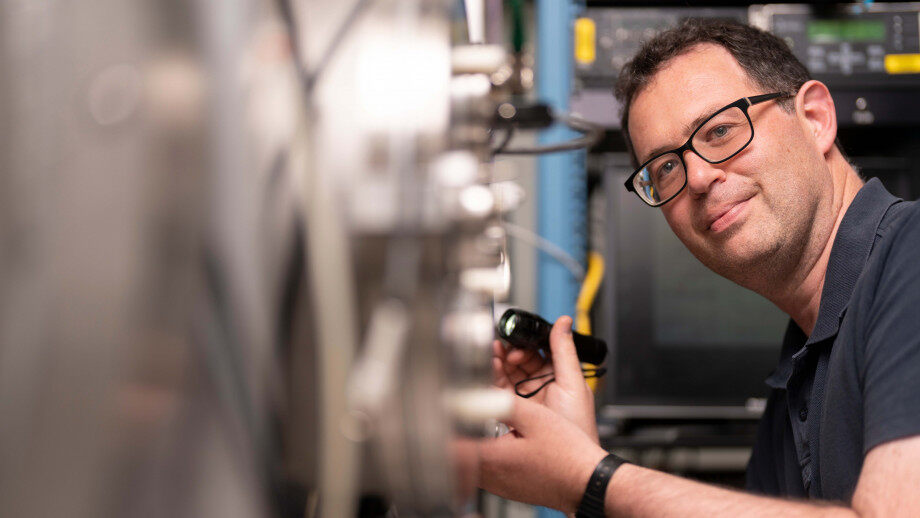

The chemical in moth balls, naphthalene, will be tested in space in a new satellite rocket propulsion system, Bogong, developed at The Australian National University (ANU).
Scientists have designed the innovative thruster, with a familiar odour, in only six months from design to delivery. Primary testing was conducted on campus at ANU.
The Bogong will launch into space in mid-2022 amid a group of half a dozen small satellites that Australian space services company Skykraft will test for tracking and communication with aircraft, facilitated by the Canberra-based space company Boswell Technologies.
ANU PhD scholar Mr Dimitrios Tsifakis came up with the idea for using hot naphthalene as opposed to hot charged gas plasma systems as a rocket thruster for small satellites.
“Naphthalene is ideal because when it is heated it goes straight from solid to gas, with no liquid sloshing about in the thruster,” he said.
“It is cheap, non-corrosive and easily available.
“You can get moth balls in the supermarket. Everyone knows that old smell in granny’s wardrobe; now it is the newest thing in space technology.”
The Bogong thruster, heated at about 70 degrees Celsius, turns solid naphthalene to a gas, which is then further heated during its exit from the thruster nozzle to provide the rocket propulsion.
Project leader Professor Rod Boswell, from Boswell Technologies, said: “Designing a thruster in nine months from design to launch is exceptional.
“These satellites will be the first step to make global aviation safer in a cost-effective way.”
The team say the new thruster design could extend satellite life by up to 20 per cent – equivalent to an extra year of service.
The simple design uses more propellant than the plasma thruster but uses very little complicated electronics so that weight can be used to increase the propellant carried.
Professor Christine Charles, Head of the ANU Space Plasma, Power and Propulsion laboratory, led the trials.
The team heated Bogong prototypes inside the ANU space simulated vacuum chamber, called WOMBAT, and got it ready for launch.
“There are only very few places in the world that can test space conditions, conduct lab work and work closely with industry,” Professor Charles said.
“We are lucky at ANU to have our WOMBAT because we can turn a PhD thesis into space technology very quickly.
“We refined it every day with our thrust balance and now Bogong is ready to launch.
“Launching moth balls in space could make the skies safer.”







































